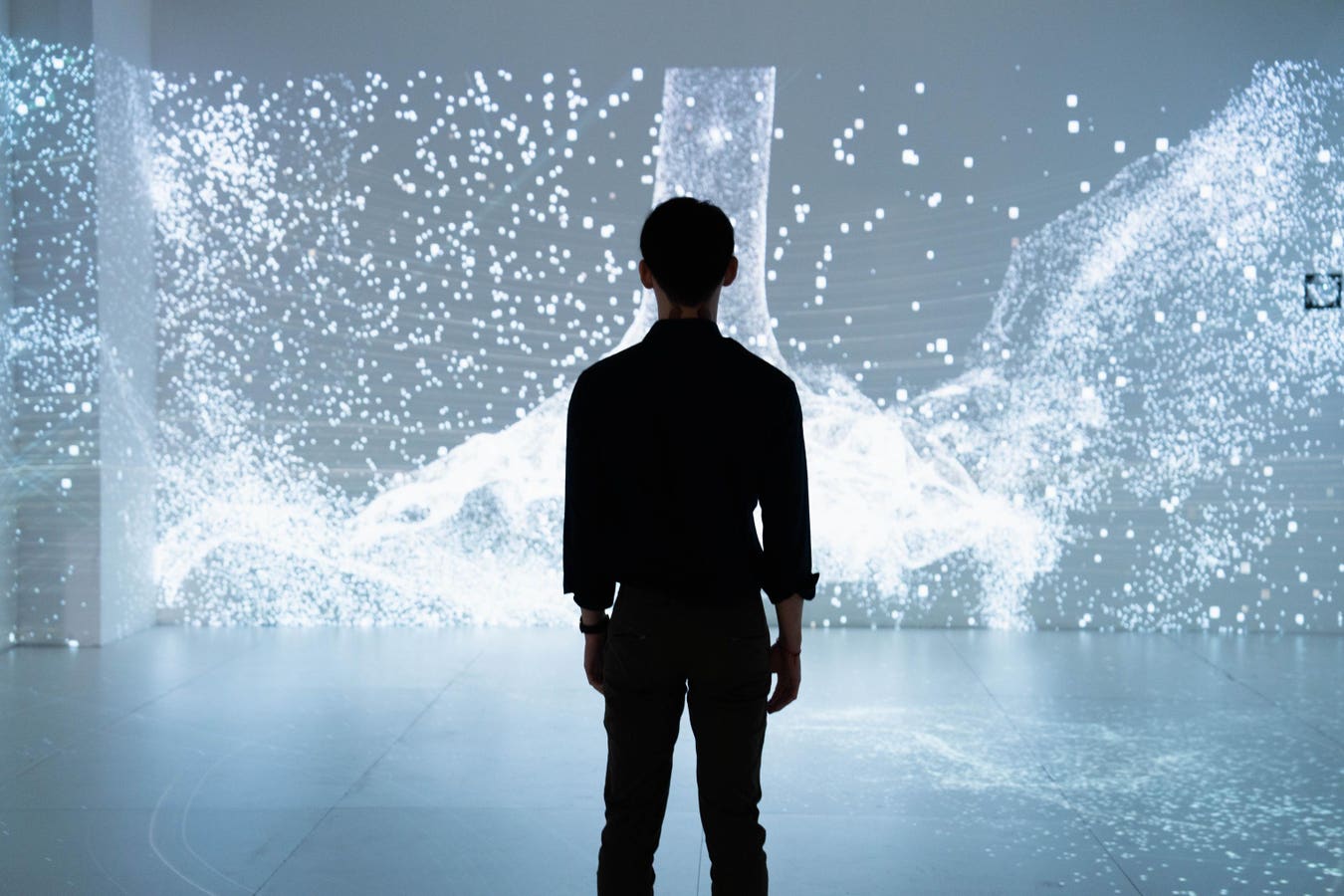Gregory Todd is a business scientist and storyteller for DXC Technology. Learn how we can help at DXC Technology – Data and Analytics.
The other day I was working with my 16-year-old daughter on an essay she was writing for school. I asked her if she considered using ChatGPT to help. She said some of her friends use it, and then they rewrite the output to make it look like it was their own creation. I figured as much. GenAI has become an accelerator and a shortcut to the tasks of the real world—but should it be in all cases?
In this day and age, we’re looking at AI—especially generative AI—as an automation solution that will help improve the speed by which we can address everyday tasks that humans currently engage in. I started to think further on this topic, and as I was doing my research, I began to hypothesize whether artificial intelligence (AI) is becoming artificial everything (AE) and whether or not that’s good for our society.
To begin with, I agree that there are limitless areas in which we can apply AI capabilities, but to quote a famous movie: “Your scientists were so preoccupied with whether or not they could, they didn’t stop to think if they should.” There’s an interesting point of inflection we’re facing right now around whether or not we should be trying to promote AI in everything we do.
Case in point, I climbed Mt. Everest a few weeks ago using my VR headset. It was a fantastic trip. I didn’t even lose my footing or breathe heavily during the ascent. However, I missed out on the feeling of the wind on my face, the sun on my skin, the training required to get in shape and the exhilaration one must feel when one finally achieves the summit. I replaced the experience that others have achieved in reality with one that was achieved virtually. To be honest, I’m not satisfied nor should I be. It’s not that I’ll ever climb Mt. Everest (my age and body prohibit that ambition), but I can’t claim the same triumph one must feel for something I’ve never really achieved in the real world.
As we consider the inevitable uplift that AI will provide in our speed to market on new initiatives, solutions and experiences, we must also contemplate whether or not we’re eliminating the very adventures that life was meant for us to enjoy in person.
If an art piece (e.g., a painting or 3-D printed sculpture) has been artificially generated, have we lost the ingenuity and expressionist forces that humans apply in the real world to create art? I’m struck with disdain over the fact that we’re potentially striving to achieve AE in everything we do and thus will have to clearly redefine the experiences we encounter as real versus artificial. I enjoy seeing pictures of the change of leaves in the fall. They’re beautiful, but nothing can replace the experience of the smell and feel of an autumn day when you’re standing on a hilltop in the Northeast in October in person. Well, not yet anyway.
There’s no doubt a counterargument to my hypothesis that AI is becoming AE, but one must wonder if we’re pushing the envelope too hard to artificially enable too much, too soon. What realities are we trying to automate for the benefit of humans versus the benefit of science? Where do we draw the line between the real world and the artificial world?
During my professional career as a technology enabler, I’ve spent countless hours discussing solutions that automate human interactions. The advent of the discipline of change management, which can be very loosely categorized as upskilling humans to leverage new technologies, has been tantamount to delivering enhanced experiences in the business world. Subsequently, how much change management will be required to continually upskill humans with net new AI-related capabilities? And how much training do we expect everyone to continually have to take to stay relevant with all of the new artificial solutions we’re building?
Artificial everything is what the Disney movie Wall-E gave us as a preview to the inevitable result of the enablement of artificial experiences—a point at which we’ve become amorphous blobs floating around on high-tech La-Z-Boys trying to consume content and experiences as much and as fast as we can. Perhaps it’s time to pause and reflect on what should be AI versus what could be AI. Perhaps there’s an AI function to help with that.
Forbes Technology Council is an invitation-only community for world-class CIOs, CTOs and technology executives. Do I qualify?
Read the full article here





